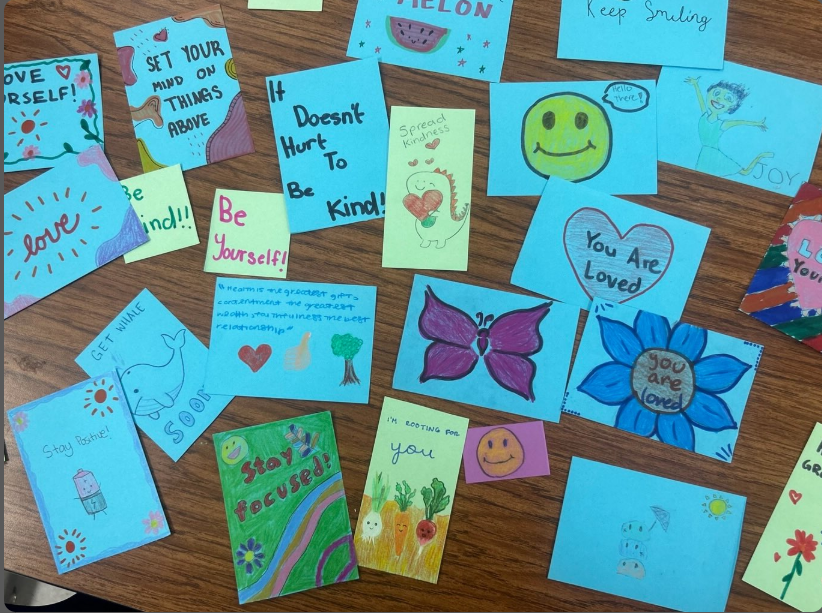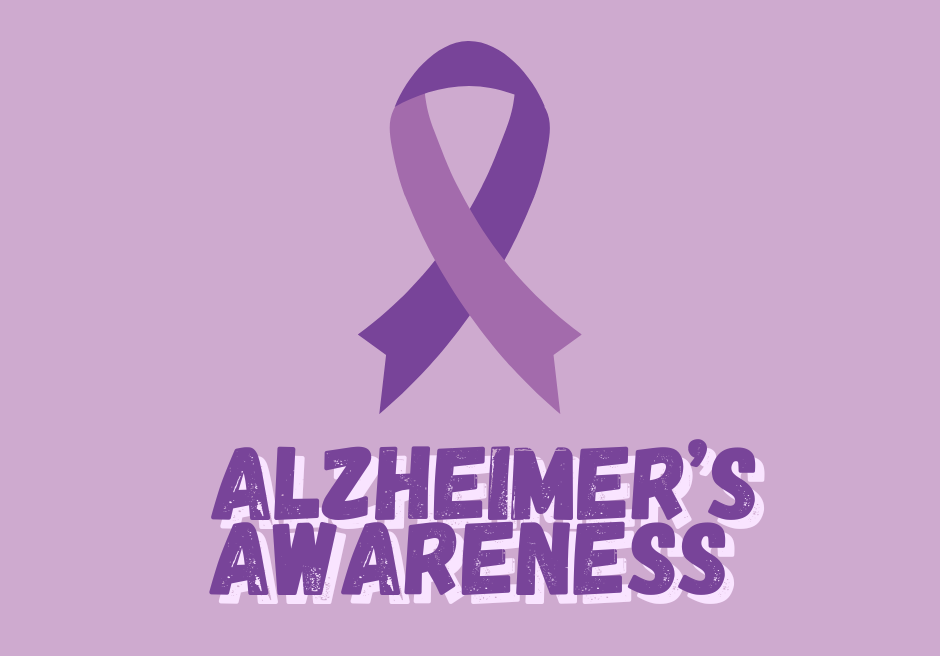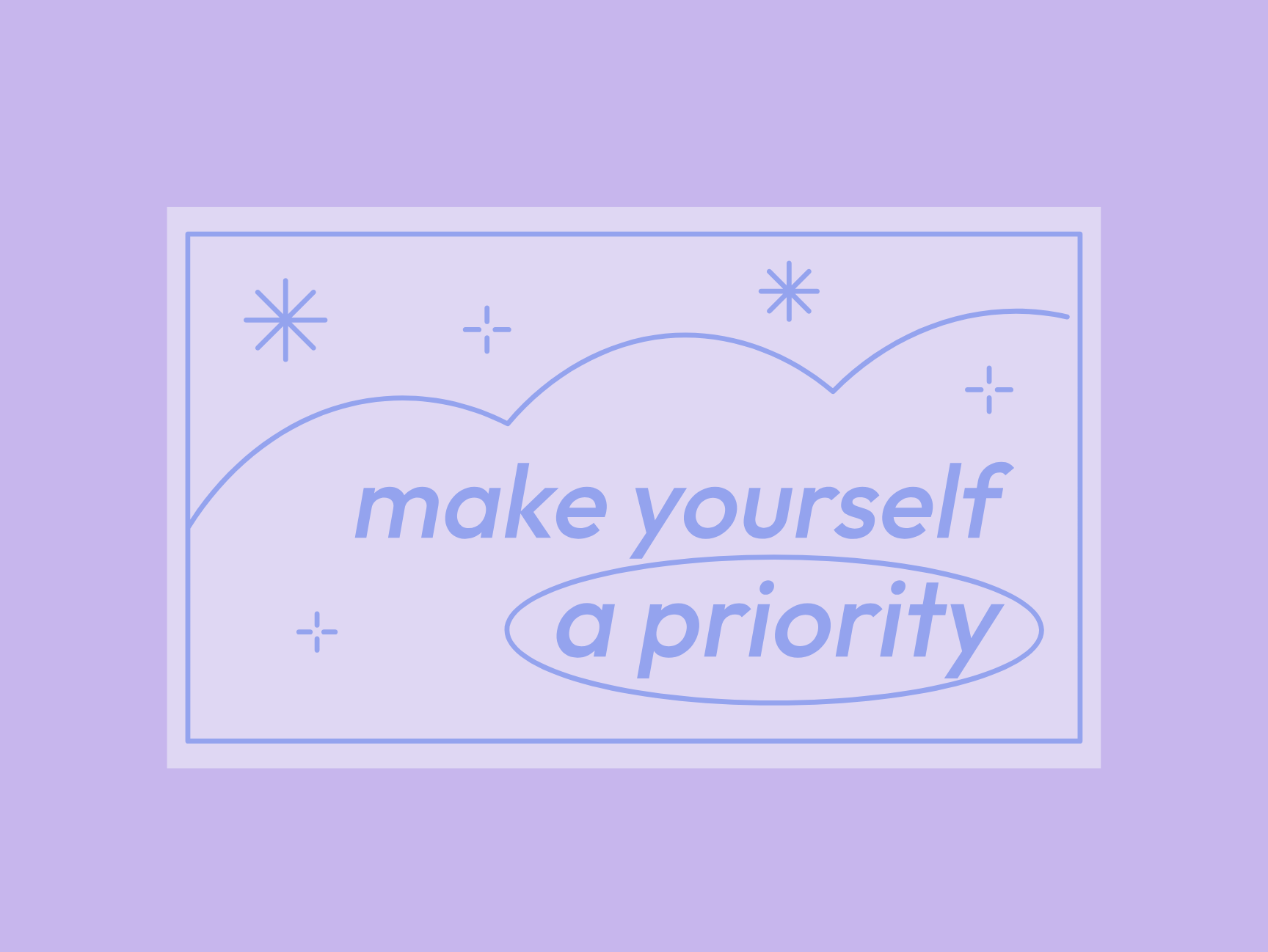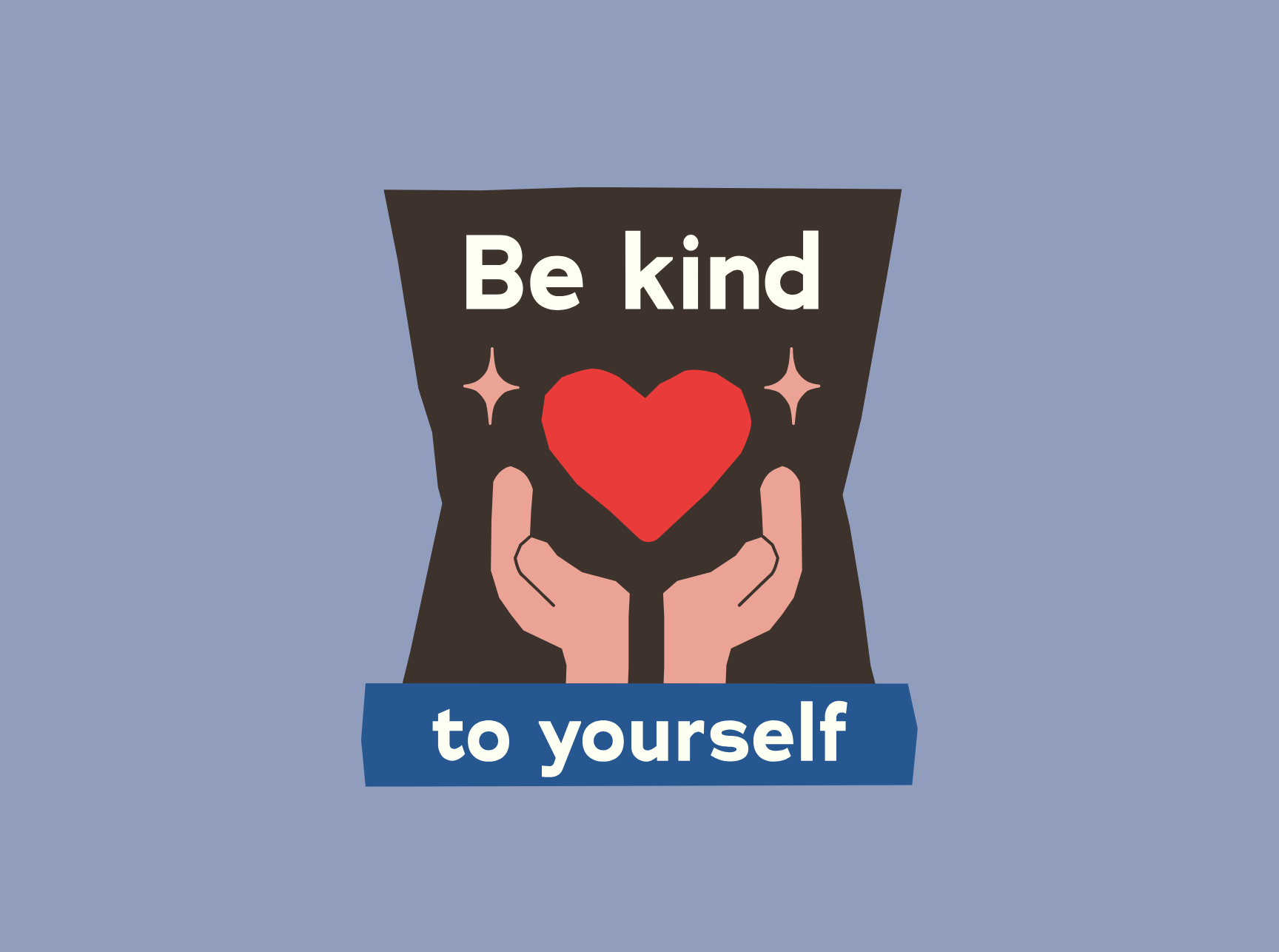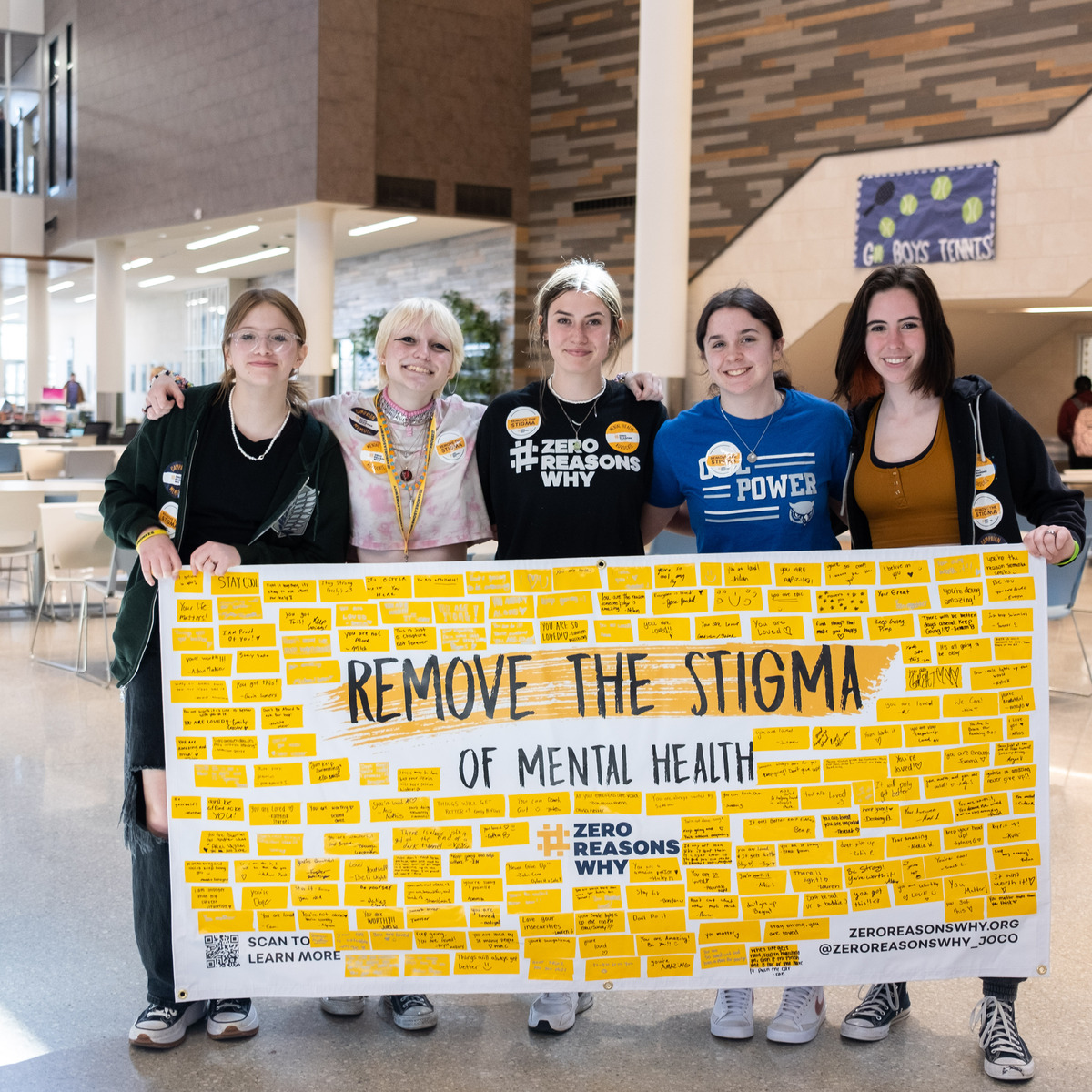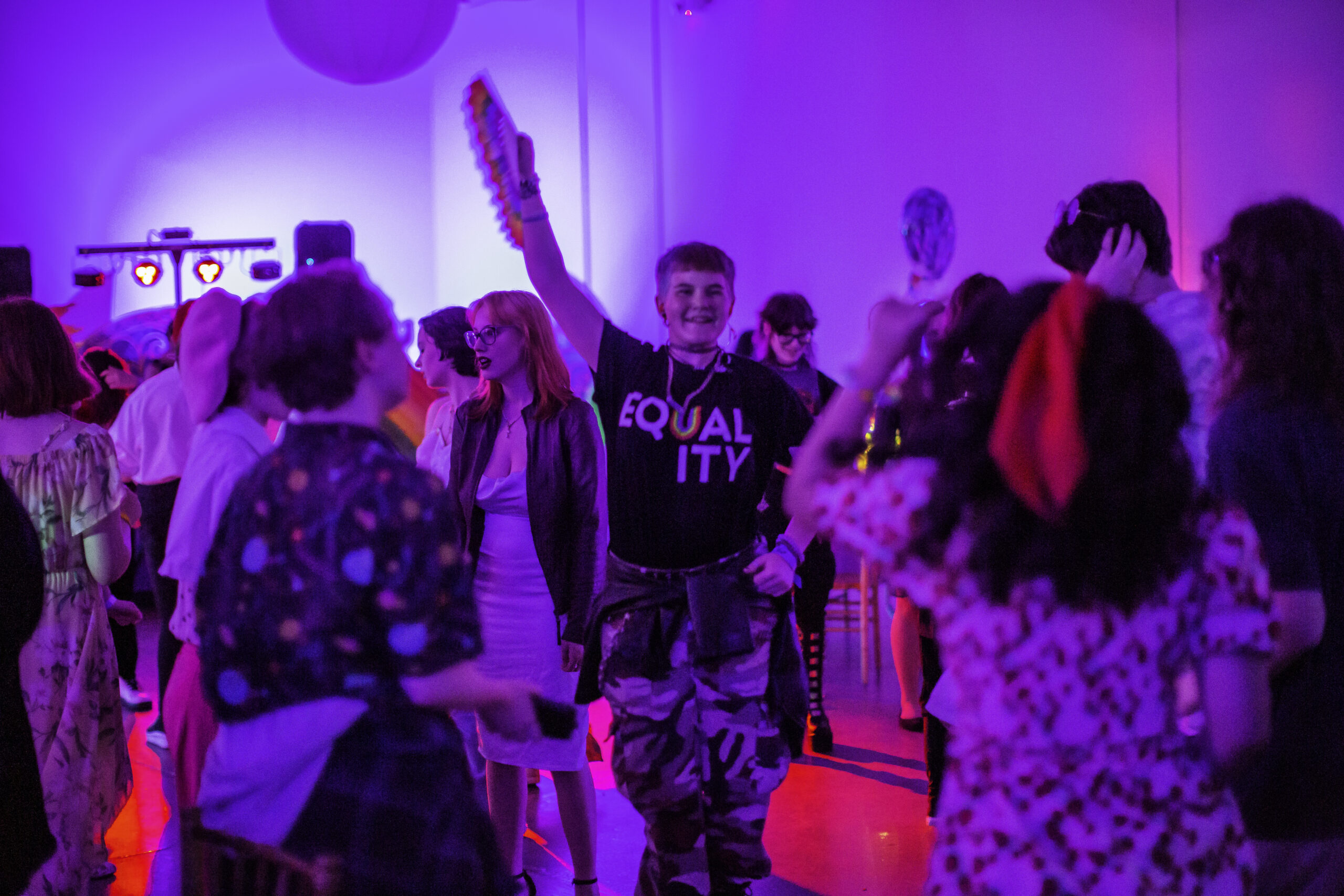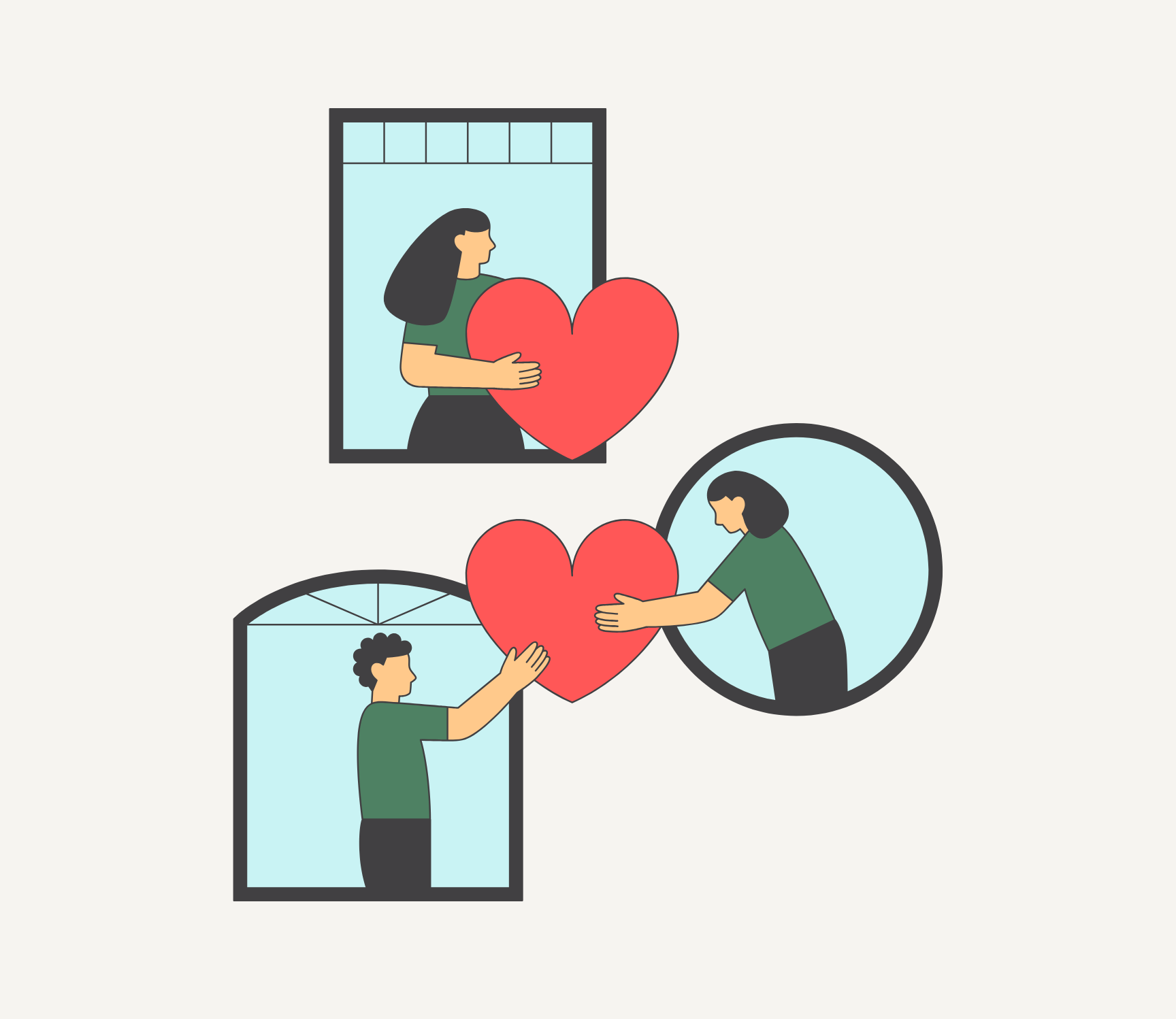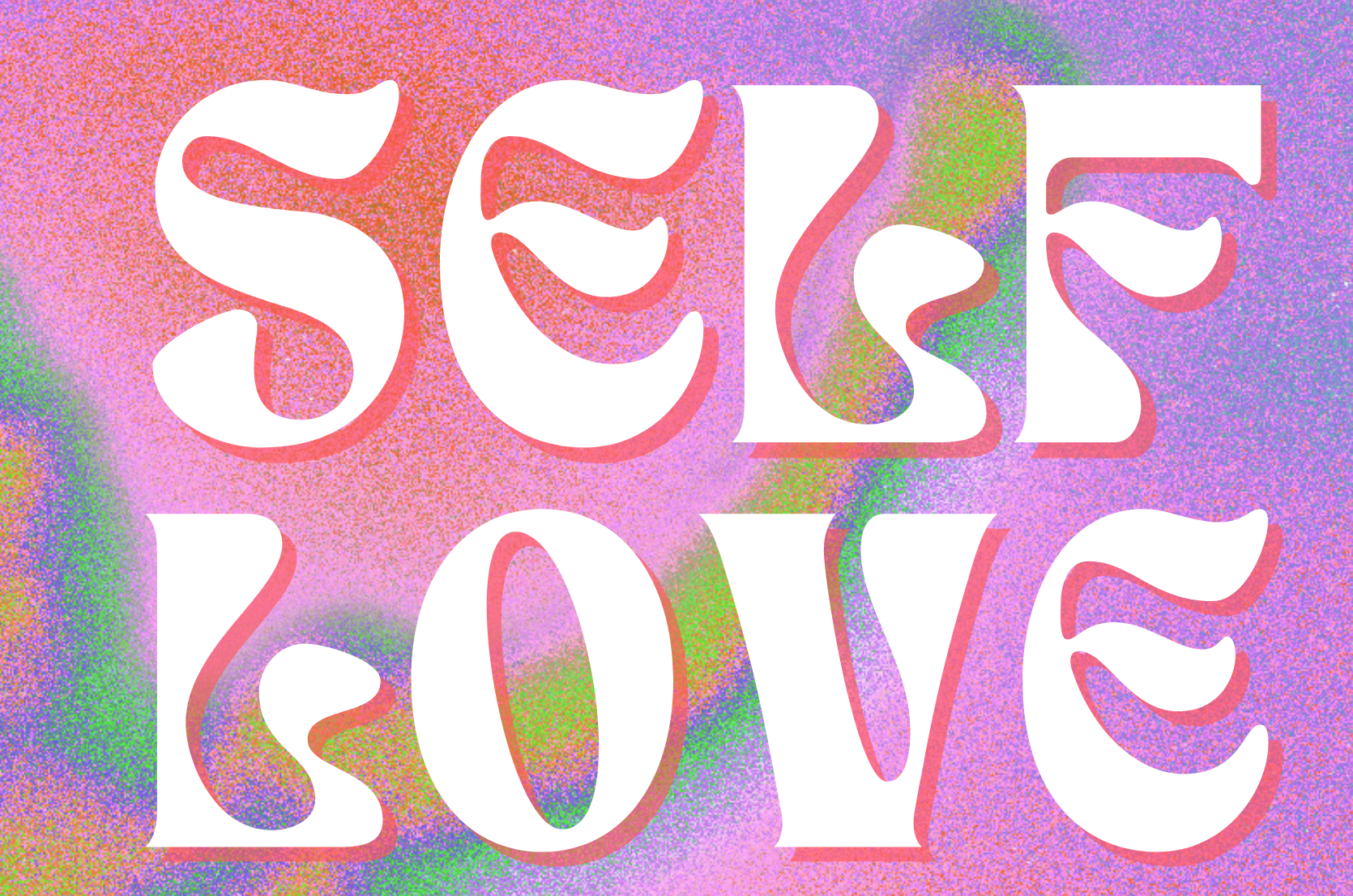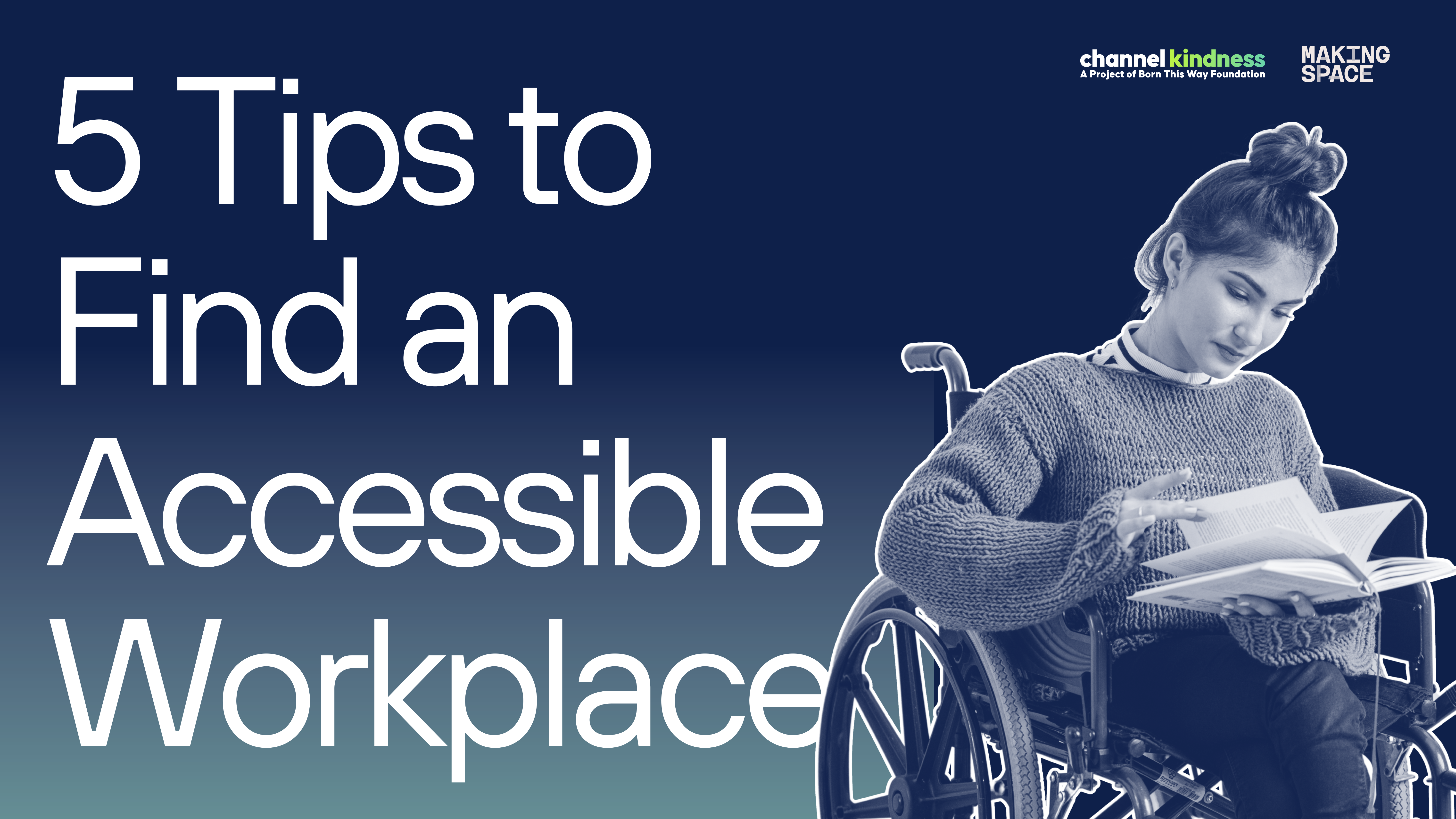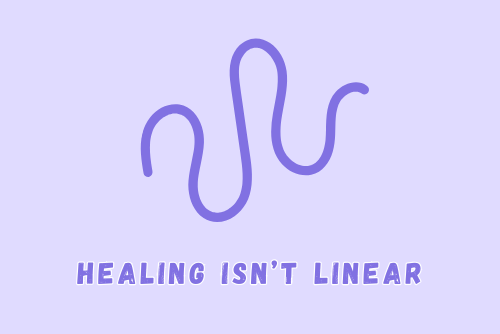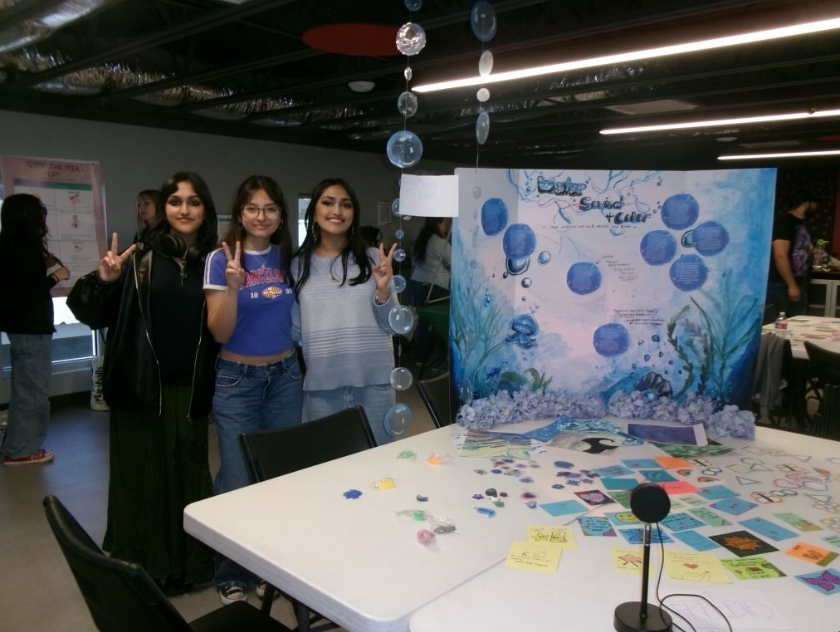
I was only 12 years old when I first learned that mental illness could be met with violence.
My uncle, diagnosed with bipolar disorder, had been sent away to a local rehabilitative facility in Odisha, India, only to return home beaten, scarred, and emotionally stripped of joy. His community in rural Bhubaneswar, shunned him for the fault of existing with a condition he himself struggled to process. There was no compassion, no effort to understand his stature—only humiliation and ostracization. In my overseas family, mental healthcare was regarded as taboo, and those who struggled were pushed into silence.
Assimilation. It was a vocabulary term I had only read in history books, tucked neatly into essays and class discussions. But as a child of Odia descent growing up in America, I found myself living it. I had been so focused on blending into American culture that I hadn’t realized the emotional well-being I quietly suppressed within my own identity. It wasn’t until my uncle’s trauma resurfaced within her family that I understood how deeply mental illness impacted my roots—and how overlooked emotional health remained worldwide.
The silence stretched beyond India. In 2020, as the world plunged into the uncertainty of the COVID-19 pandemic, an online friend found herself trapped in an abusive household. Seeking refuge, this friend turned to Discord, where she shared her story with me, a girl miles and miles away from the place she wished she could call home. Conversations between us, from late-night gaming, and karaoke, slowly turned into venting sessions, uploads of sexual assault, and graphic imagery of self-harm. My now-best friend spoke of her father’s beatings, the pain turned to numbness, the exhaustion that consumed her. For her, home had become a place of hostility rather than comfort, and her mental scars ran deeper than the bruises on her body.
I couldn’t erase my uncle’s suffering or undo my best friend’s trauma, but I refused to be a bystander. In situations like those faced by both my uncle and best friend, mental stigma and violence take shape as a persistent, dull blade, gnawing through the body’s internal barriers. It’s cruel, bitter, and something so important to address in paving the way towards better emotional welfare across our globe.
Inspired by both experiences, I founded Where Worlds Collide (WWC) in September 2024 with a mission to empower individuals to embrace vulnerability and explore self-expression through creative arts. WWC was born out of my belief that artistic expression—whether through movement, music, or storytelling—holds the power to restore emotional well-being and build meaningful connections.
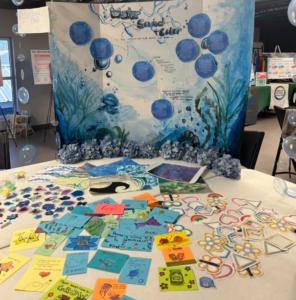 My belief wasn’t just theoretical. For over 11 years, I had immersed myself in Hindustani vocal performance and Bharatanatyam classical dance. Following her Rangapravesham as a now professional Bharatanatyam performer, I stepped into the role of instructor and choreographer, guiding others to find strength through movement. As a Western classical vocalist, an All-State Women’s Chorus 1st Chair awardee, and lead singer of her jazz band, 50sax, I had witnessed how music transcends language, breaking barriers and nurturing resilience. Whether singing alongside an adult gospel choir at the 2023 World Culture Festival or embracing my spiritual journey as a youth ambassador for the Art of Living Foundation, I found that art created space for healing unlike anything else.
My belief wasn’t just theoretical. For over 11 years, I had immersed myself in Hindustani vocal performance and Bharatanatyam classical dance. Following her Rangapravesham as a now professional Bharatanatyam performer, I stepped into the role of instructor and choreographer, guiding others to find strength through movement. As a Western classical vocalist, an All-State Women’s Chorus 1st Chair awardee, and lead singer of her jazz band, 50sax, I had witnessed how music transcends language, breaking barriers and nurturing resilience. Whether singing alongside an adult gospel choir at the 2023 World Culture Festival or embracing my spiritual journey as a youth ambassador for the Art of Living Foundation, I found that art created space for healing unlike anything else.
Since its inception, WWC has hosted two workshops in Odisha, India, where children were encouraged to paint, dance, and express themselves freely — leading to multiple Bollywood dance performances at the young children’s annual birthday celebration. The organization has distributed 100 care packages, 40 WWC bracelets, and over 25 handwritten cards to the Adruta Orphanage and South Texas Hospital facilities. With eight staff members, one school chapter, and three regional chapters spanning Saudi Arabia, Jaipur in India, and Northeast India, WWC has reached over 19,000 individuals in less than a year.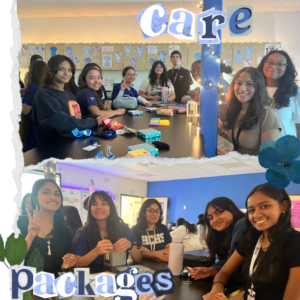
My vision is rooted in the belief that creative expression can be a catalyst for emotional restoration. Where traditional mental healthcare lacks accessibility or cultural acceptance, WWC offers an alternative — one that doesn’t require diagnoses or prescriptions but instead invites individuals to reclaim their joy through art.
For so many, like her uncle and best friend, pain is invisible — tucked behind forced smiles or masked by societal shame. But through WWC, I hope to create a space where people can find their voice, share their story, and know that their experiences are not only heard — but valued. Truly, a haven where the realms of the arts and emotional well-being intertwine — what I believe to be where the best of these worlds collide.










